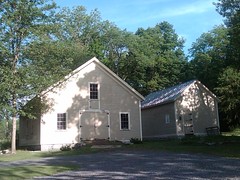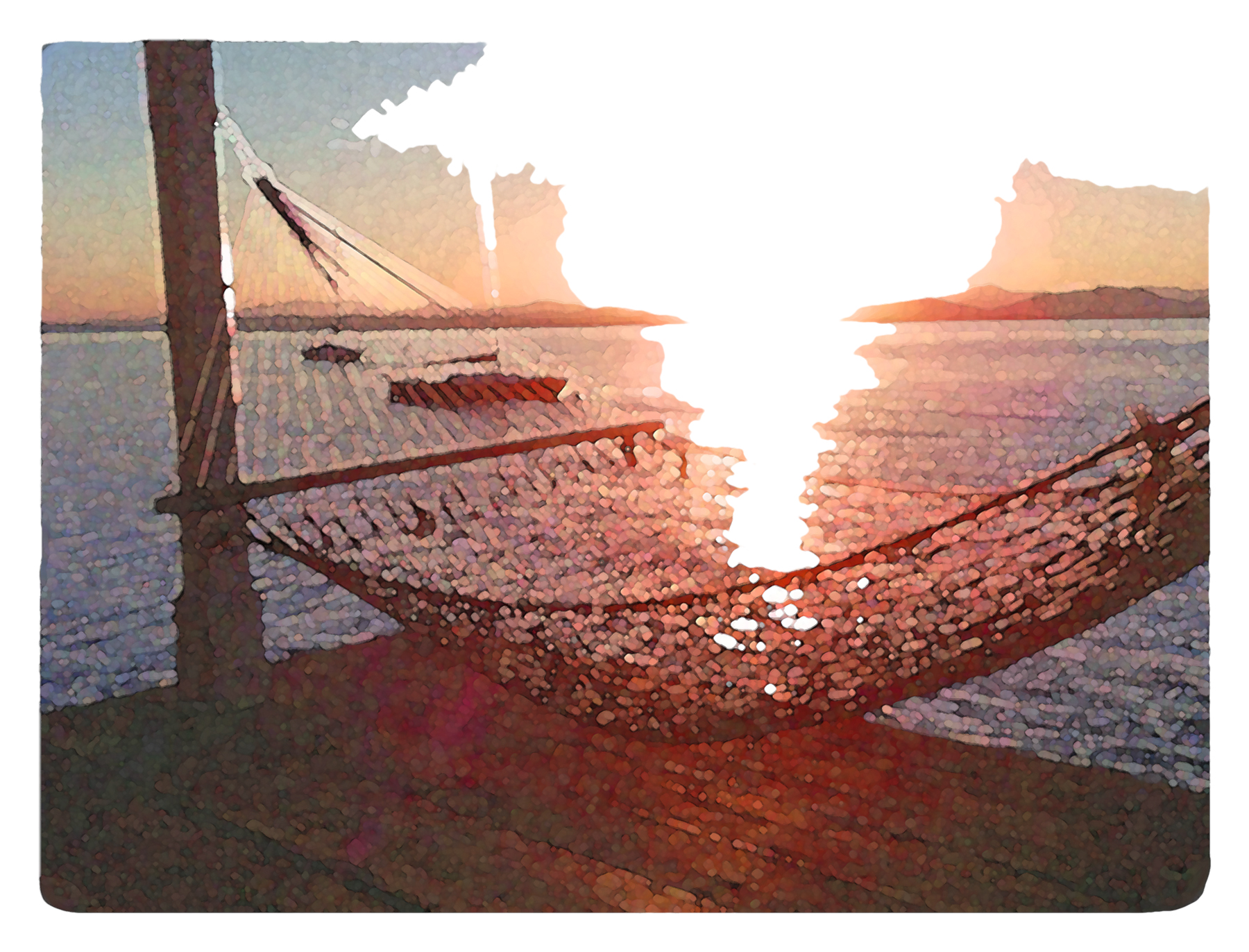
Before you shift uneasily in your seat and survey your surroundings nervously, I’d best prologue my post with an assurance that nothing unseemly is in store. Exhale. Voyeuristic glimpses, yes, but only as the subject of an overdue clarification.
Voyeuristic Glimpses
After bricks and mortar, land and lake, residents (human and canine), Rosslyn’s blog is the most visible — and maybe even the most accessible — part. And if the blog is by definition a digitally distributed diary, then it offers voyeuristic glimpses into Susan and my relationship with Rosslyn, a circa 1820 home and property on the Adirondack Coast of Lake Champlain. We can debate how candid or unfiltered they are, of course, because the experiences these coup d’œil capture are inevitably shaped and edited by my perspective. As such the metaphorical “fly on the wall” is more aspirational goal than reality, and the voyeuristic glimpses captured in these blog posts do not pretend to be much more than editorialized field notes. Shoot for objectivity; settle for subjectivity. Caveat emptor.
Voyeuristic glimpses aside, the blog is only one constituent part of Rosslyn Redux. In sum, it’s actually a sprawling, multimodal mess! Er, I mean… it’s a multidisciplinary *experiment*.

Mosaic Mirages
Beyond chronicling the stumbles and growth spurts of Rosslyn’s historic rehabilitation (along with the inevitable ups and downs of our romantic runaway to this lakeside Elysian), Rosslyn Redux is an exploration. An experiment. A creative endeavor. A lyric essay — from Old French essaimeaning attempt or trial — calling upon collage and composting as often as language and logic. In many respects, Rosslyn Redux aspires more to conceptual art than a home renovation blog, more to performance art than a midlife marriage memoir. It’s an epic poem mosaic (a constellation of poetry fragments) crossed with an archeological exhibition crossed with an inside-out inquiry into homing and homeness crossed with a serial meditation on rootedness and itinérance and longevity and impermanence crossed with a genre bending memoir crossed with a sketch and artifact swollen scrapbook.
Hhhmmm… If it’s all this, or even close to all this, then isn’t it just a cluttered attic too deep and dusty to decipher?
Sometimes. So far.

But I’m endeavoring to evolve Rosslyn Redux beyond an avalanche of artifacts into a cohesive experience. Into a sojourner’s stopover, perhaps even the sort of sanctuary that Rosslyn has been for us.
My initial foray into building something durable out of our relationship with Rosslyn lead to bookish brainstorms (and hundreds of pages of drafts.) But conversations with editors and agents, pitching what was most readily definable as a memoir in those days, consistently came up against the same setback. Whether genuinely or politely intrigued by the ingredients for our Rosslyn story, everyone advised me to refocus the story, to restrain the narrative arc to my relationship with Susan. Newlyweds swapping Manhattan for the bucolic Adirondack Coast where they anticipated simplifying their lives while licking their wounds. Newlyweds nesting in a tumbledown money pit. A poet and a designer dive into home renovation… what could go wrong?!?!
I was also consistently and repeatedly advised to limit the story to one year. Two or more years is too messy! (Of note, editors’ and agents’ discomfort with the sprawling scope and calendar of our renovation was also a familiar refrain with our parents who were were increasingly nervous about the ever attenuating timeline and dwindling coffers.)
The trouble was, this was as much a story about Rosslyn as it was about the two of us. And so much more. And “the story” felt to me like more than a story. I envisioned an immersion. A three-dimensional immersion. I envisioned inviting the audience into the experience more like a long-stay houseguest, not just a reader. And, the truth be told, I was as keen to explore the limitations of language as I was to document the historic property’s rehabilitation; our hyperlocal reboot; a meandering meditation on home; etc.
Needless to say, I wandered and wondered and gradually — accepting that I was lost — I succumbed to inertia.
But Susan and my relationship with Rosslyn did not end. The sanctuary salved us, and the adventures reignited our wonderlust. And little by little clarity has emerged, a plan, a map forward. Born of necessity. And that, my friends, is why the last five months have been so different than the previous. And while the coming months will continue to catalyze and coalesce a map. Perhaps even a clear and cohesive multidisciplinary work to offer my virtual houseguests.

























